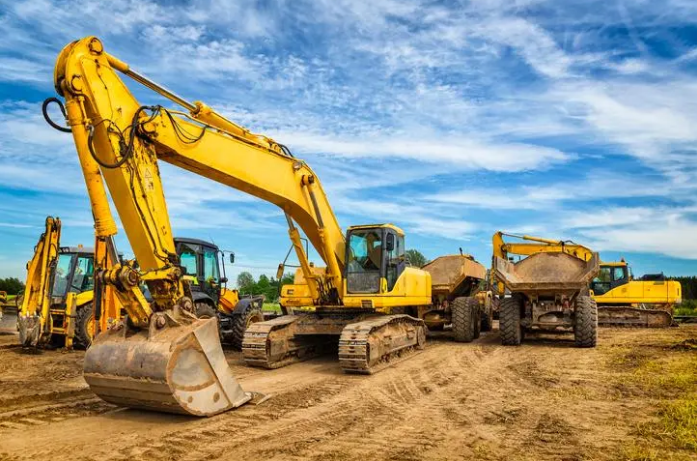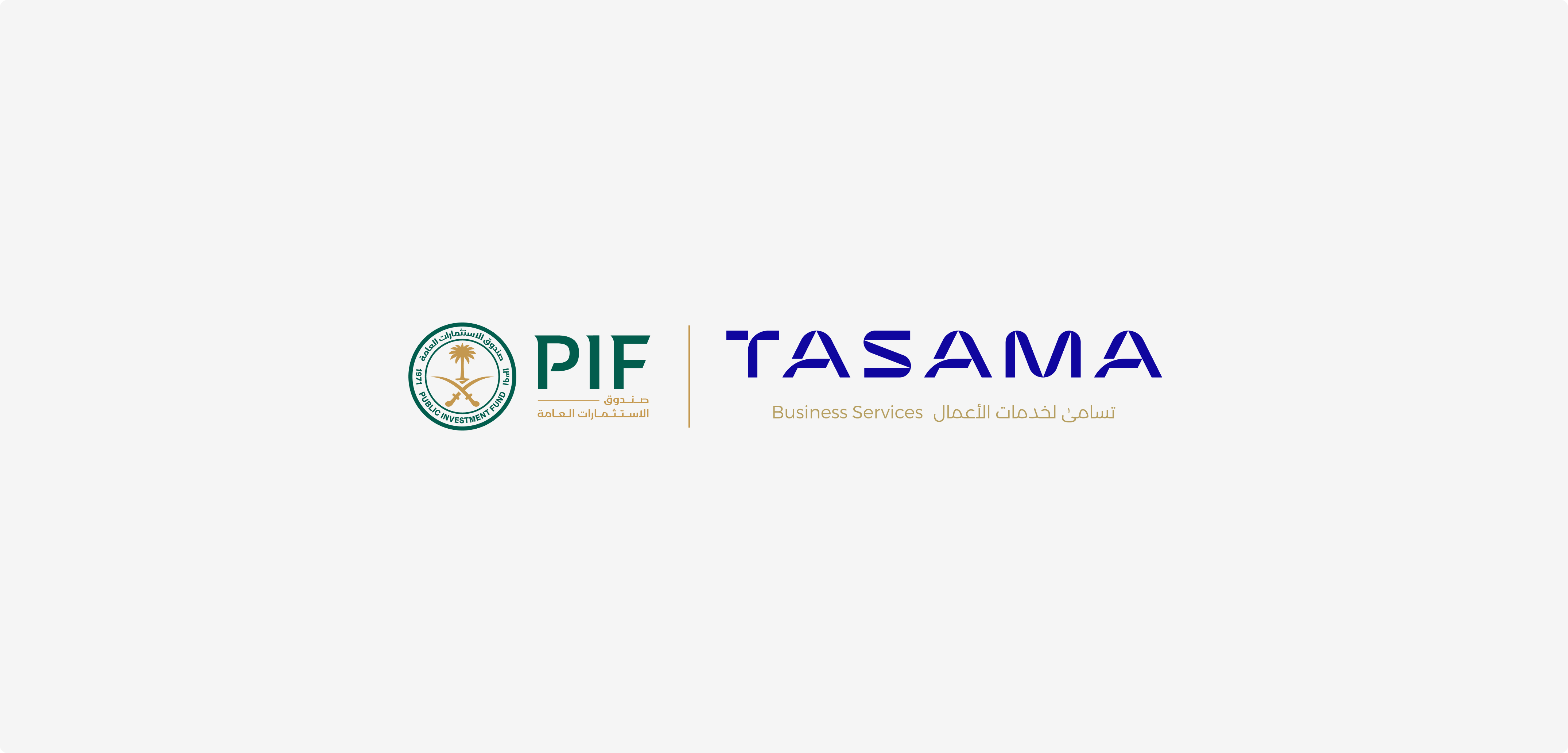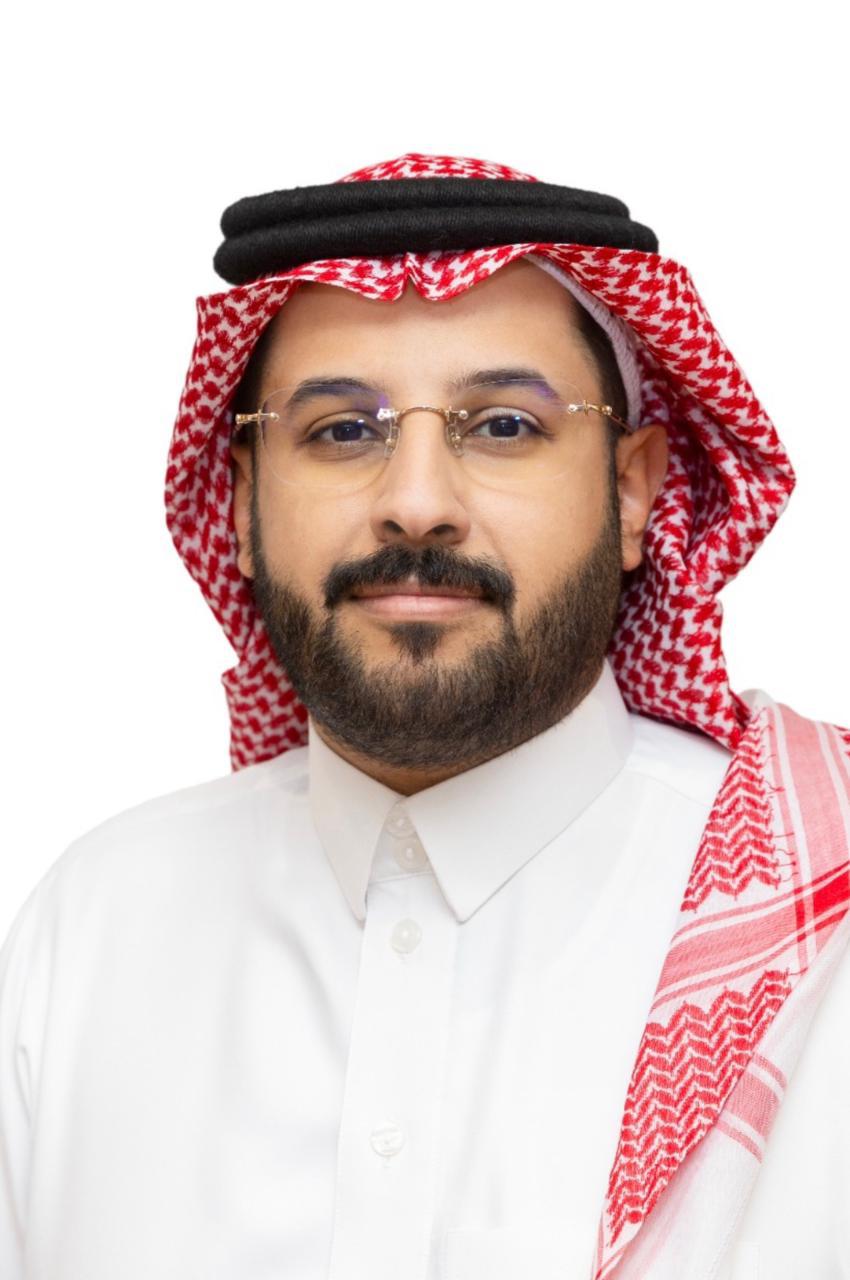Publisher: Maaal International Media Company
License: 465734
KSA construction market thrives as data centres and diversification drive Middle East demand
Long-term national strategies focused on economic diversification across the Middle East are unlocking significant development opportunities and driving demand across key sectors, according to the Global Construction Market Intelligence report (GCMI) 2025 from global professional services company Turner & Townsend. This surge in activity is also contributing to rising construction costs as competition for resources intensifies.
The Kingdom of Saudi Arabia’s gross domestic product is forecast to grow by 3.5 percent in 2025, and then 3.9 percent in 2026, according to the International Monetary Fund, and the country has become one of the most active global construction markets. However, a growing number of major programmes are having to absorb labour from a limited pool, pushing up the cost of building. The GCMI report shows Riyadh is the most expensive to build in the Middle East, averaging US$3,112 per m2, 24 places and almost $400 higher than the next most expensive market in the region, Doha (US$2,613 per m2).
Shortages of specialist skills are not limited to KSA, with every Middle Eastern market in the GCMI reporting that skilled labour shortages are having a significant impact on project delivery. This is one of the factors keeping inflation high, and construction cost escalation is forecast to be 5.0 percent this year in Riyadh, Abu Dhabi and Dubai.
اقرأ المزيد
Despite this, in the context of the worldwide ranking, construction costs across the Middle East are relatively competitive compared with other international economic hubs.
Riyadh, for instance, sits well below cities like London, where average construction costs reach US$5,385 per m² – making the UK capital one of the most expensive markets globally. Several factors feed into this cost gap, including government subsidies that support strategic developments across the Gulf, more cost-efficient labour markets, and lower land acquisition costs.
Nation-building initiatives are playing a key role in driving demand in the region. Major mixed-use developments like Diriyah Gate and King Salman Park make this the top-performing construction sector in the Middle East according to the report. The data centre boom is also accelerating, especially in KSA, where Vision 2030 has catalysed the rise of HUMAIN, a PIF-backed company poised to play a leading role in positioning the Kingdom as a regional hub for AI innovation.
With US$2.5 trillion of untapped mineral reserves, KSA is also attracting public and private investment in mining. With Riyadh at 98 percent warehouse occupancy, the report points to growth in the local industrial, manufacturing and logistics space to meet the rising demand, and to help procurement teams source locally so they comply with Vision 2030.
In neighbouring Qatar, global headwinds and a downturn in real estate construction in has helped to keep construction cost inflation below the rest of the region, forecast to be 1.0 percent in 2025. However, sports and tourism still offer developers opportunities. In the UAE, economic diversification, as well as a booming population, have laid the groundwork for residential development to grow as well as wider social infrastructure.
To deliver on the potential of these growth areas, the GCMI report advises clients to invest in widening the local skilled labour pool, and to work more closely with domestic manufacturers to mitigate any potential impacts of wider global disruption.
Dean Furey, head of real estate, KSA, said:
“Construction is at the heart of the Middle East’s efforts to diversify local economies. We’re seeing the resulting boom in mixed-use, hospitality and residential schemes quickly putting the region on the map as a destination of choice for both local and international leisure. Demand is up in high-tech sectors like data centres too, which have been given a bigger role in national strategies and are attracting more private investment.
“In KSA, given the scale and complexity of its national giga-project pipeline, completing all planned construction by 2030 will not be without its challenges. As a result, resources are being strategically concentrated in priority sectors such as hospitality, sports, leisure, entertainment and residential to align with Vision 2030 objectives and to prepare for major upcoming events like Expo 2030 and the FIFA World Cup 2034.
“Now, clients across the region will need to address the capacity crunch that may become more acute as these sectors continue to thrive, especially since the pool of top-tier contractors in the region is already stretched. Firms must figure out how they want to work with their supply chain moving forward. It’ll take some collaboration with partners to set up the right operating models, and there is more room to innovate in digital tools. Those that invest now can widen the gap between them and their competitors.
From analysis of 99 markets globally, the GCMI shows the US maintaining a strong hold on the top rankings of the most expensive places to build. Five US cities are in the top ten. New York is in first place, with an average cost of US$5,744 per m2, followed by San Francisco at US$5,504. Los Angeles (US$4,786) is sixth, with Chicago seventh (US$4,695) and Philadelphia in ninth (US$4,604).
Rankings of Middle Eastern markets:
| Region | Ranking (/99 markets) | Cost per sqm (US$) | 2024 construction cost inflation (%) | 2025 construction cost inflation (%) | Wages / hour (US$) | |
| Riyadh | Middle East | 37 | 3,112 | 5.0 | 5.0 | 14.1 |
| Doha | Middle East | 61 | 2,613 | 1.0 | 1.0 | 5.4 |
| Dubai | Middle East | 74 | 1,926 | 6.0 | 5.0 | 6.5 |
| Abu Dhabi | Middle East | 76 | 1,872 | 5.0 | 5.0 | 5.9 |
Top 10 global rankings:
| Region | Ranking (/99 markets) | Cost per sqm (US$) | 2024 construction cost inflation (%) | 2025 construction cost inflation (%) | Wages / hour (US$) | |
| New York City | North America | 1 | 5,744 | 3.3 | 3.5 | 131.4 |
| San Francisco | North America | 2 | 5,504 | 3.5 | 4.0 | 117.5 |
| Zurich | Europe | 3 | 5,386 | 0.7 | 1.0 | 117.9 |
| Geneva | Europe | 4 | 5,386 | 0.6 | 1.0 | 117.9 |
| London | UK | 5 | 5,385 | 2.0 | 3.0 | 56.8 |
| Los Angeles | North America | 6 | 4,786 | 2.3 | 4.0 | 71.4 |
| Chicago | North America | 7 | 4,695 | 3.5 | 3.5 | 79.5 |
| Tokyo | Asia | 8 | 4,647 | 5.8 | 5.6 | 29.1 |
| Philadelphia | North America | 9 | 4,604 | 3.0 | 5.0 | 107.9 |
| Sapporo | Asia | 10 | 4,577 | 5.8 | 5.6 | 24.2 |
The full report is available on the Turner & Townsend website: https://publications.turnerandtownsend.com/global-construction-market-intelligence-2025/
For more information please contact:
Angharad Chandler / Tom Hayes
Camargue
E turntown@camargue.uk
About the Global Construction Market Intelligence report (GCMI)
Compiling data from Turner & Townsend teams in 99 global markets, the GCMI gives an in-depth analysis of construction costs – and what’s driving them – around the world.
It measures input costs for materials and labor to calculate the average cost per m2 across seven construction types, including advanced manufacturing, residential development and commercial offices.
All local construction costs have been converted into US dollars to allow accurate cost comparisons to be made between construction markets in widely diverse economies.
About Turner & Townsend
Turner & Townsend is a global professional services company with over 22,000 people in more than 60 countries.
Working with clients across real estate, infrastructure, energy and natural resources, Turner & Townsend specialises in major programmes, project, cost and commercial management, project controls and performance, net zero and digital solutions, in markets around the world.
Turner & Townsend is majority-owned by CBRE Group, Inc., the world’s largest commercial real estate services and investment firm, with its partners holding a significant non-controlling interest.








